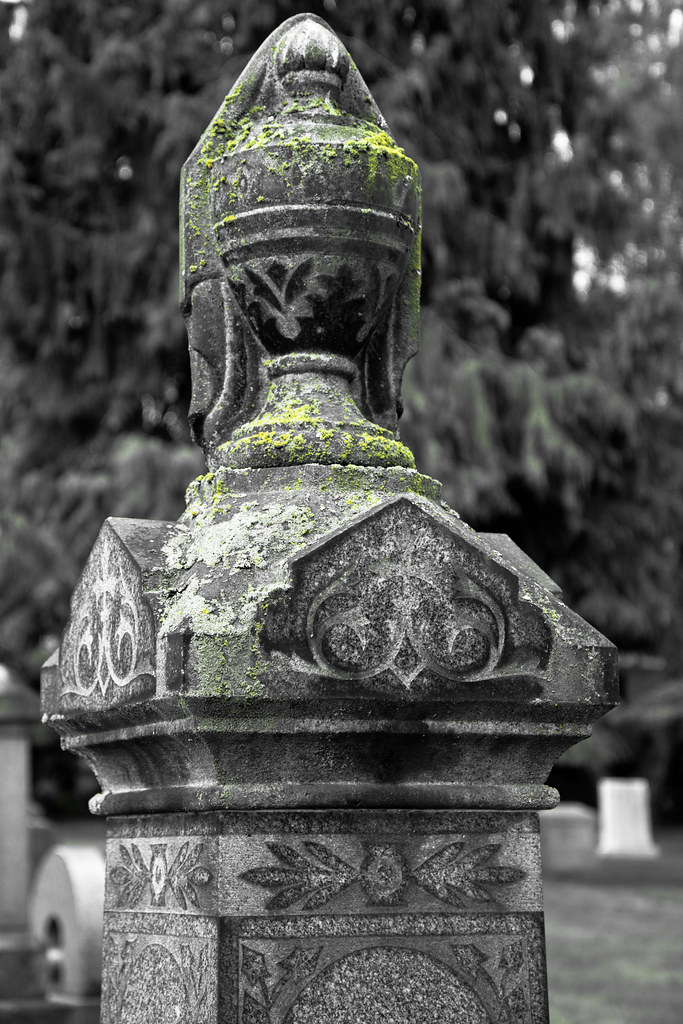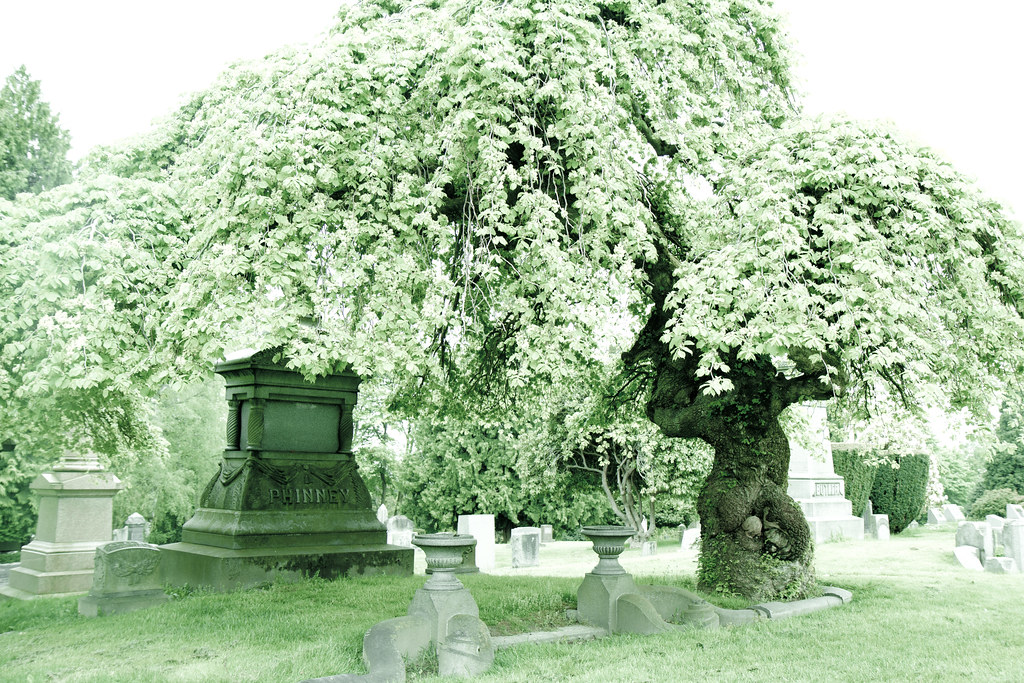Heading north from where the Port of Seattle ends at Smith Cove, you find yourself among humans again. The sound of conversation echoes over the water. There is laughter, and there are flower beds and the scent of freshly mowed grass. There are children on leashes and parents holding the hands of pet dogs. There are ships, and the waves lap ever so softly against the dock.
This is the Elliott Bay marina. It is a place of opulence, Manhattan to the South Park marina’s Bronx. Located beneath the beautiful Magnolia bluffs, it enjoys a fantastic view of Seattle’s downtown. It’s the high rent district.
And it is in every way perfect.

From the landlubber’s perspective, a marina is a symmetric jumble of impractical vessels. From small pleasure boats to larger liveaboards, they lack the blue-collar ethic of the fishing boat, or the single-minded purpose of the cargo ship. They are entirely optional, an indication of perhaps entirely too much wealth, or perhaps of a set of priorities and lifestyle choices that befuddle and confuse the poor landlubber.
In that light, you would be justified in asking ask why these ships are here. Who pays the rent, and why?

Interesting though these questions might be, this story is not about the luxury tax, the call of the waves, or the jet-setting lifestyle of the modern yacht mariner.
Nor is this story about the attempted poisoning of pesky but adorable otters, which prompted an indulgent but stern rebuke from the marina’s manager. This is a different story entirely.
As it turns out, the story of the Elliott Bay Marina is about fishing rights.

Like most stories, it’s but a simplification of a simplification. The complexities of life evade simple description. Everything but the bare essence is lost in the telling.

The story begins with the Treaty of Medicine Creek. It’s December of 1854 in the remote territory of Washington.
Territorial Governor Isaac Stevens is a former military man, hell-bent on a land grab of historic proportions. His title includes the honorific "Superintendent of Indian Affairs" and he is clearly living the dream. When the tribes don’t respond to intimidation, he calls in the military. When white citizens oppose him, he arrests or discredits them. He is on a mission to civilize this heathen part of the god-given earth.
At Medicine Creek he gathers the leaders of the Nisqually, the Puyallup and the rest of the tribes of Western Washington. For the princely sum of $32,500 and some reservation land, over two million acres of land are signed off to the United States government. With a native population of just 6,000, resistance is futile and they know it. It’s an offer they simply cannot refuse.
It’s a moment that will leave long scars on their future. In their minds eye, the shining cities to come have already begun to cast a shadow. Not theirs anymore, never again.

As an afterthought, the treaty grants the natives the right to fish.
The right of taking fish, at all usual and accustomed grounds and stations, is further secured to said Indians in common with all citizens of the Territory.
For those of us who buy never-frozen wild salmon from behind the counters of large industrial organic establishments, the dirty business of catching the damn things is forever hidden. Nevertheless, this is a generous grant indeed. Perhaps Governor Stevens is after all a humanitarian.
It is worth recalling that in 1854, the Nisqually could throw a rock at water, and a grilled salmon would float to the bank. Fish and game were effectively limitless at the time, in a way that neither we nor our descendants will ever understand. The treaty could have granted the natives the right to breathe, and it would have been no more surprising. The only surprise is that it was included at all.
It’s tempting to imagine an enterprising chief slipping this clause past the white man’s careless lawyers, with another seconding the motion and a third moving to commit. We’ll never know. The minutes of the meeting are lost, and the establishment of such rules of order were twenty two years in the future. All there was at Medicine Creek was the order of the gun.

So the Nisqually tribe packs up and leaves for the reservation. It’s on rocky ground, and there’s no good way to grow food. It’s also cut off from the river, so there’s no good way to fish. The long starvation begins.
The next year, chief Leschi goes to Olympia to protest the terms of the treaty. He claims his signature was forged and he had refused to sign. The powers that be react violently and Leschi has no choice: it’s time to think the unthinkable, and rebel against the state of Washington.
One thing leads to another, and we get the Puget Sound war of 1855-1856. Unsurprisingly, the full force of the US military and local militias are brought to bear, and the revolt is suppressed. While few actual deaths result from the war, the native uprising is a shock to the settlers. One might argue that at this point, the natives were lucky they weren’t exterminated.
Meanwhile, chief Leschi is on the run and Governor Stevens is having paranoid fits. He suspects some settlers of helping Leschi, and he goes to the length of declaring martial law in Pierce County. Eventually he catches up with Leschi and tries him in various kangaroo court until it sticks. His half-brother and co-conspirator Quiemuth comes forward to try to save his brother, and he’s murdered in Steven’s own office while in custody of the state. Leschi’s conviction takes him to the gallows, and he’s hanged for murder he probably wasn’t present to commit.

By 1880, the Nisqually tribe has shrunk to 700 people, down from over 2,000 at the beginning of the century. Their access to the salmon runs has became illegal banditry. The state government is of the white extractive industries, for the white extractive industries. Rivers are haphazardly closed, and various forms of fishing are banned, conveniently those used by the natives.
Meanwhile, civilization grows. Rivers are dammed, forests are logged, and industrial-scale fishing is making a dent in limitless but fragile resources. The salmon runs dwindle, and of course native poaching is blamed.
Two subsequent court cases illustrate the themes of the time.
In 1905, a federal court decides the US vs. Winans case in favor of the natives, reaffirming the rights of the Yakama tribe to fish in local rivers. However, it allows the state of Washington to reasonably regulate this fishing in the interests of conversation. The State of Washington, never one to miss a trick, makes a river of lemonade and interprets the ruling as carte blanche to continue to enforce its laws regarding licenses, fishing methodology restrictions, and river closures.
In 1916, in the State vs. Towessnute case, State Supreme Court Justice Bausman effectively reverses Winans, writing the following words for the record:
The premise of Indian sovereignty we reject. The treaty is not to be interpreted in that light. At no time did our ancestors in getting title to this continent ever regard the aborigines as other than mere occupants, and incompetent occupants, of the soil. Any title that could be had from them was always disdained… Only that title was esteemed which came from white men… The Indian was a child, and dangerous child of nature, to be both protected and restrained. In his nomadic life, he was to be left , as long as civilization did not demand his region. When it did demand that region, he was to be allotted a more confined area with permanent subsistence… These arrangements were but the announcement of our benevolence which, notwithstanding our frequent frailties, has been continuously displayed. Neither Rome nor sagacious Britain ever dealt more liberally with their subject races than we with these savage tribes, whom it permitted to squander vast areas of fertile land before our eyes.
Two other state court cases that year went along the same lines. Presumably demoralized, none of the tribes appeal to the US Supreme Court. Native fishermen continue to ply their trade, but are increasingly subject to the whims of local law enforcement. Most traditional means of fish harvesting are now illegal, including spearing and gaffing.
In effect, life and tradition itself is now illegal.

By the 1960s, native access to the salmon runs has become a civil rights issue, and a cause célèbre of Marlon Brando and others. Civil disobedience is in the air, as is violence. The state continues to enforce its laws. In September 1970, Tacoma police arrest and beat 59 protestors on the Puyallup river, using tear gas, clubs and live ammunition to restore law and order. Finally, the feds step in. That same month, the US government files United States vs. Washington.
The honorable George Boldt presides. He’s a conservative Eisenhower appointee in his late sixties, and a sports fisherman himself. The smart money shorts the natives.
The case lasts three and a half years. Boldt listens. He hears state officials and tribal elders. He reads the treaty. Signed in haste and under duress, it’s the only thing that can protect the natives now. Boldt consults his copy of the 1828 Webster’s American Dictionary. He writes 203 pages worth of decision.

The Boldt decision is a miracle or infamous, depending on your point of view. It gives the tribes 50% of the harvestable salmon from their traditional waters, because that’s what that in common with would have meant in 1854. In an instant, the natives are no longer bandits and thieves, but co-managers of the salmon industry.
Attorney General Slade Gorton appeals all the way up to the US Supreme Court, but to no avail. His family’s fish stick fortune is no conflict of interest, and he later spends his golden years in the company of an even greater band of thieves, the US Senate. Washington’s tribes and its fishing industry reach an uneasy equilibrium, which lasts to this day.
But what of our fair marina?

As it turns out, the Elliott Bay marina was built in the accustomed fishing grounds of the Muckleshoot and Suquamish tribes. When the initial development plans became public, the tribes sued. Using Boldt as precedent, a US District Court granted a quick preliminary injunction against the marina’s development.
Furious settlement activities followed, and an agreement was reached that allowed the marina’s development to proceed while compensating for the lost fishing. A percentage of the marina’s gross revenues are now paid directly to the tribes, which by my rough calculations might amount to over a quarter million dollars every year – a bit more than what the court document say was coming in from fishing. This arrangement will last for 99 years, and everyone seems happy about it, including the salmon.
The marina itself opened in 1991, and it’s reasonably environmentally friendly as marinas go. It doesn’t use creosote pilings, and its rock breakwater channels allow kelp to grow and juvenile salmon to migrate. If salmon runs are threatened in this area and all around the Puget Sound, it’s probably not because of this marina. While it may be because of countless shoreline developments just like it, you can’t blame the knife for the thousand cuts.
And if a century later the tribes will be down one more natural resource, well, that’s not a problem for the present. Maybe investing the money will pay off more than the fishing ever did.
One last detail: every time a yacht pulls into the Elliott Bay marina, there’s a line item in its mooring charges named the "Indian Surcharge" – called out explicitly out of pique, out of honesty, or perhaps out of legal requirement. It’s a living tribute to a vivid history that would otherwise have gone completely unnoticed by this storyteller.

The complete Flickr set.




























































































































































